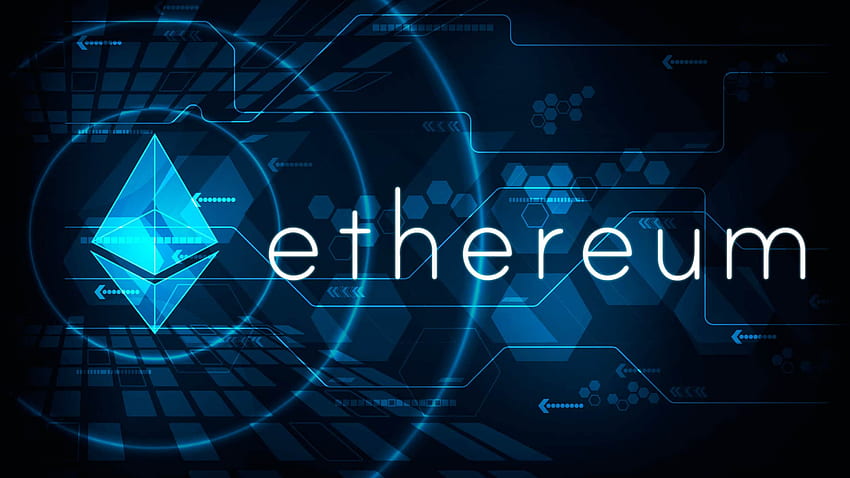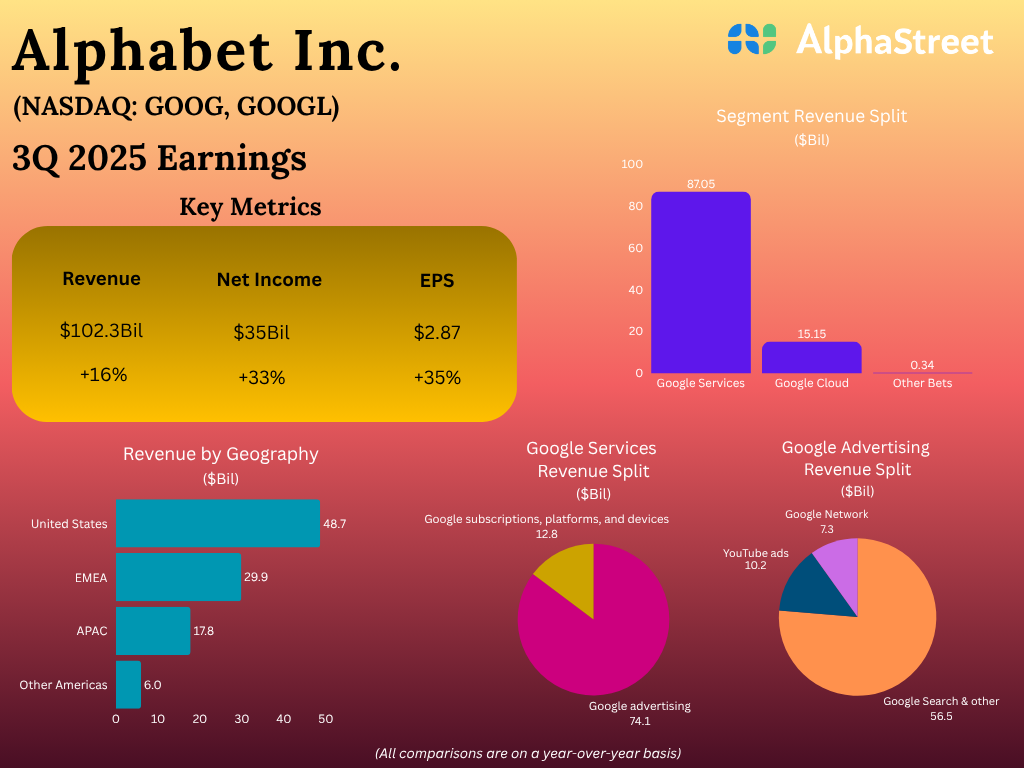With the spotlight this cycle fixed on corporate Bitcoin treasuries, ETF inflows, and shifting global liquidity, Bitcoin’s miners have become the overlooked backbone of the network.
Yet, as block rewards shrink and energy costs rise, many are being forced to reinvent themselves, branching into AI hosting, energy arbitrage, and infrastructure services, just to keep their rigs running and the chain secure.
Bitcoin only pays 3.125 BTC per block from the subsidy, so transaction fees are now the primary driver of miner revenue and network security.
That dependency is evident in today’s data points. The seven-day hashrate sits near 1.12 zettahashes per second, with network difficulty at approximately 155 trillion.
Over the last 144 blocks, miners earned approximately 453 BTC in total rewards, equivalent to roughly $45 million, given a spot price of around $101,000.
The average fees per block were approximately 0.021 BTC, a small share of miner income, according to the mempool.space mining dashboard.
Hashprice derivatives point to a constrained near-term revenue environment. Luxor’s forward curve implies about $43.34 per petahash per day for October, down from $47.25 in late September.
Fee demand remains choppy. Following the April 2024 halving spike, which was tied to the launch of Runes, with ViaBTC’s halving block capturing more than 40 BTC from subsidy and fees combined, baseline fees eased over the summer.
Galaxy Research wrote in August that on-chain fees had collapsed to near-historic lows despite price strength, characterizing the fee market as anything but robust.
Pool policy amplifies that picture. Foundry and others have, at times, mined transactions paying less than one sat per virtual byte, which shows the practical fee floor can collapse during quiet mempool periods.
Cheap confirmations improve user experience in calm windows, although the security budget that miners collect then leans even more on the fixed subsidy.
A simple way to frame the next quarter is to treat fees in three regimes and map them to miner revenue, hashprice, and the attack-cost bar.
Using 144 blocks per day, a 3.125 BTC subsidy, network hashrate near 1.13×10⁹ TH/s, and spot price around $113,000, fees per block of 0.02 BTC, 0.50 BTC, and 5.00 BTC correspond to fee shares of about 0.6 percent, 13.8 percent, and 61.5 percent of miner revenue.
The daily security budget, defined as the subsidy plus fees across 144 blocks, ranges from roughly 453 BTC in the quiet case to 522 BTC on a moderate day and to 1,170 BTC during peak activity.
The incremental effect on hashprice is mechanical.
Extra fees per block add ΔF × 144 BTC to daily revenue, which, spread across network hashrate and converted at spot, lifts miner earnings by about $0.29, $7.2, and $72 per petahash per day across those scenarios.
Forwards near $43 per petahash per day mean that a moderate fee day adds a mid-teens percentage uplift to revenue, while a peak day resets unit economics.
RegimeFees per block (BTC)Fee share of revenueSecurity budget (BTC/day)Security budget (USD/day @ $113k)Hashprice uplift ($/PH/day)Quiet0.02~0.6%~452.9~$51.2M~$0.29Moderate0.50~13.8%~522.0~$59.0M~$7.2Peak5.00~61.5%~1,170.0~$132.2M~$72
Energy costs put these increments in context. A current-gen fleet anchored by Bitmain’s Antminer S21, with about 17.5 joules per terahash, and MicroBT’s M66S family near 18 to 18.5 joules per terahash, faces an electricity expense of roughly $21 to $30 per petahash per day at 5 to 7 cents per kilowatt-hour, according to vendor specifications and common U.S. power pricing.
With forwards around $ 43 per petahash per day, the gross power margin can be thin before considering operating and capital costs. A moderate fee day improves survival for marginal fleets, and repeated peaks can compensate for low-fee stretches by boosting cash generation.
Security framing benefits from two bounds that translate miner revenue into the difficulty of an attack.
A lower-bound, operating-expense view for a 51 percent attack assumes an attacker can source and operate hardware at S21-class efficiency.
Controlling 51 percent of 1.13 ZH/s at 17.5 J/TH implies a power draw of nearly 10.1 gigawatts. That is roughly 10,085 megawatt-hours per hour, which costs about $0.50 to $0.71 million per hour at 5 to 7 cents per kilowatt-hour.
This is a floor with unrealistic sourcing assumptions, and rental markets cannot currently supply the required capacity at that scale. It remains a useful order-of-magnitude marker, as per River’s explainer on 51 percent attacks.
An upper-bound, capital-anchored talking point scales from hardware counts. Owning 51 percent of today’s hashrate with 200 TH/s machines would require about 2.88 million Antminer S21s.
At $2,460 per unit, that is roughly $ 7.1 billion in hardware costs before sites, power contracts, and staff, consistent with recent media reports of several to tens of billions for multi-day control, based on retail-style pricing on industry trackers.
These bounds connect directly to fees.
Sustained higher fees raise miner revenue, difficulty, and equilibrium hashrate after adjustments, which in turn raises both the opex floor and the practical capital bar for an attacker.
Spikes from inscriptions or volatility can fund a large jump in the daily security budget, as halving day demonstrated, although they do not create a baseline.
The open question for the next quarter is whether protocol policy and wallet behavior can lift the fee floor without relying on cyclical mania.
There is tangible progress on that front.
Bitcoin Core v28 introduced one-parent-one-child package relay, enabling nodes to relay low-fee parent transactions when paired with a paying child through the child-pays-for-parent mechanism, even if the parent falls below the minimum relay fee threshold.
That reduces the risk of stuck transactions and allows miners to monetize block space that would otherwise be idle. The v3 and TRUC policy set adds a robust replace-by-fee feature for limited transaction topologies, which mitigates pinning and enables predictable fee bumping, crucial for Lightning channel operations and exchange batching.
The ephemeral anchors proposal introduces a standard anchor output that permits post-facto fee addition via CPFP without expanding the UTXO set. Together with Package RBF in simple 1P1C topologies and cluster-aware mempool work, these tools help miners discover profitable transaction clusters and enable wallets to pay for confirmation when necessary.
None of these changes print demand; however, they make fee bumping reliable, which tends to put a floor under fees as L2s and exchanges standardize flows.
Miner hedging adds another forward data point.
Luxor’s hashprice futures on Bitnomial, and the Hashrate Index network data behind them, provide a market view of expected miner revenue. If the forward curve softens while winter power prices tighten, network hashrate can plateau unless on-chain fees increase, a dynamic that will be visible in spot hashprice and difficulty over the coming weeks.
The pool template policy is also worth watching. If more pools habitually include sub-1 sat/vB transactions in quiet periods, baseline fee floors can drift down, even as improved relay and RBF support compress confirmation times during busy windows by propagating fee-bumped clusters more effectively.
The near-term read, with hashrate near 1.13 ZH/s and forward around $43 per petahash per day, is that moderate fees move the economics enough to keep marginal fleets online while policy improvements work through wallets and pools.
At today’s parameters, increasing the average fees to 0.5 BTC per block would push the daily security budget to approximately 522 BTC, or roughly $52 million, at $101,000.


























